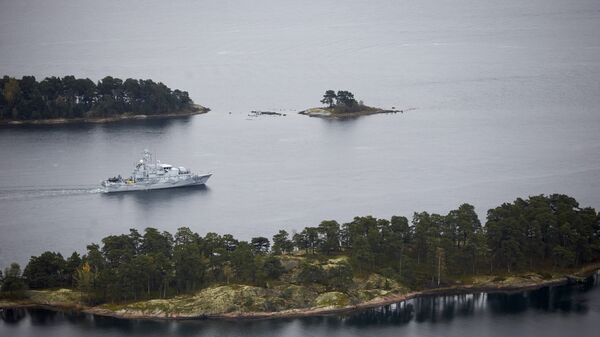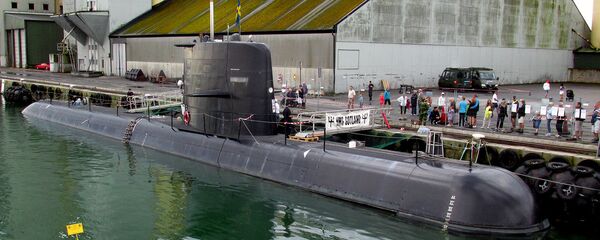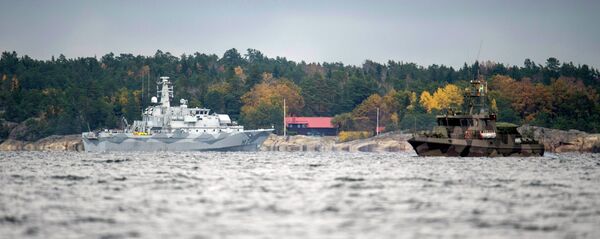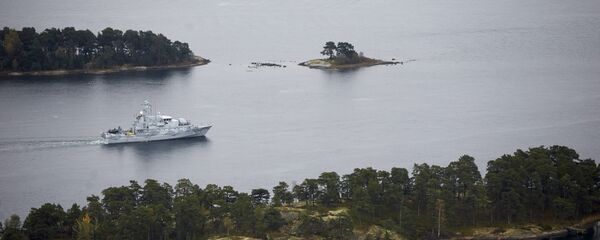The three involved denied the crimes, citing deficiency in the placement of the security buoys. The district court rejected their request to review the case, which was referred to the court of appeal earlier this week.
Last June, the seizure of the photographer's memory card was revoked by the Supreme Court of Sweden, which ruled that the filming ban did not apply and that the police's conduct was "contrary to the constitutionally protected freedom of acquisition."
"The filming of the protected object for the purpose of publication in media was carried out with constitutional protection," the Supreme Court ruled.
Meanwhile, the protracted investigation of the incident has stirred criticism in the Swedish media.
"The fact that a reporter and a photographer from Dagens Nyheter and their skipper first become subject to investigation and subsequently even a trial hearing for reasons of — maybe! — having been on the wrong side of a buoy in the restricted area, where they were on the spot to — maybe! — document a foreign power's military presence in Swedish territory is still not reasonable," columnist Thomas Mattson wrote in the Swedish tabloid newspaper Expressen.
The Swedish Navy has been performing notorious submarine hunts since October 1981, when a Soviet S-363 submarine accidentally hit an underwater rock and surfaced off Sweden's naval base in Karlskrona. The sub's dramatic appearance happened to coincide with a Swedish naval exercise, which enhanced the effect. Ironically, the sub managed to steer clear of Swedish naval radars, only to be discovered by a Swedish fisherman.
LIVE: ÖB: "Fullt klarlagt att främmande makt kränkt svenskt territorium": http://t.co/kl3sETZi4n#ubaatsjakt pic.twitter.com/0TzpwF5DCG
— TV4Nyheterna (@Nyheterna) 14 ноября 2014 г.
Sweden's submarine blunders were subsequently ridiculed in Swedish social media.
Försvarsmaktens nya bildbevis på kränkningen får ändå anses vara rätt starkt. #ubaatsjakt pic.twitter.com/EigRahtXEl
— David Björklund (@Pappbil) 15 ноября 2014 г.





